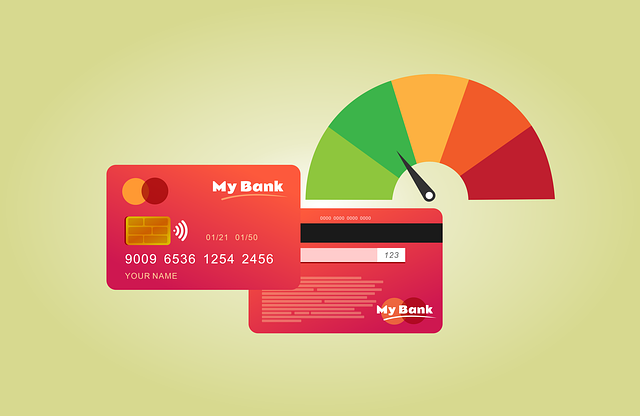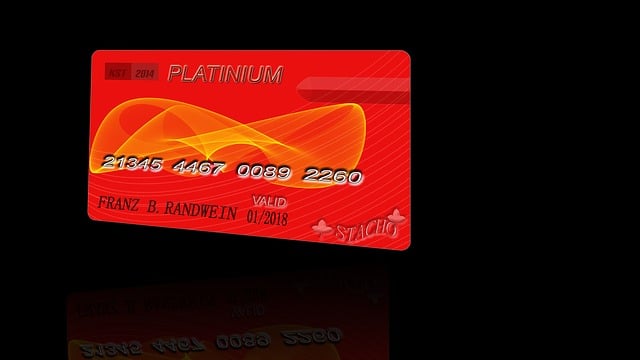A credit score is a critical indicator of financial reliability affecting access to loans, cards, and rentals. To repair or maintain it, individuals should address negative items on their credit report, pay bills on time, reduce debt, and diversify credit types. Common mistakes like missing payments, overspending, and multiple new accounts can lower the score; recognizing these pitfalls is the first step. Free resources are available to help navigate credit reporting agencies and dispute errors. A strategic approach involves checking reports for errors, paying off high-interest debt, and regularly monitoring progress. Maintaining a healthy credit profile through timely bill payments, low balances, and diverse credit types ensures long-term financial stability and better loan terms.
Looking to repair your credit score and take control of your financial future? This ultimate guide explores free, effective methods for achieving just that. Understanding how credit scores work and common mistakes to avoid is key. We’ll show you where to find trusted free credit repair resources and provide a step-by-step plan for restoring your score. Learn how to maintain a healthy profile afterward to ensure long-term financial well-being.
- Understanding Credit Scores and Their Impact
- Identifying Common Credit Score Mistakes
- Exploring Free Credit Repair Resources
- Step-by-Step Guide to Effective Credit Restoration
- Maintaining a Healthy Credit Profile Post-Repair
Understanding Credit Scores and Their Impact

Your credit score is a numerical representation of your financial trustworthiness, based on your credit history. It’s a crucial factor in determining your access to loans, credit cards, and even rental agreements. A good credit score opens doors to better interest rates, larger loan amounts, and smoother financial transactions. Conversely, poor credit can limit your options and lead to higher borrowing costs. Understanding how credit scores work is the first step towards achieving their optimal levels.
Credit score repair involves addressing negative items on your credit report, such as late payments or collections. By disputing inaccurate information, paying bills on time, reducing debt, and diversifying credit types, you can gradually improve your credit score. Remember, building a strong credit history takes time, but with consistent effort and responsible financial habits, it’s achievable.
Identifying Common Credit Score Mistakes

Many individuals struggle with their credit scores due to common mistakes that can be easily avoided. The first step towards Credit Score Repair is understanding these errors and how they impact your financial standing. One frequent blunder is neglecting to check your credit reports regularly for inaccuracies or signs of fraud. Equally detrimental is the habit of missing payments, whether it’s credit cards, loans, or bills; late or missed payments significantly lower your score.
Another mistake often made is overspending and maxing out credit cards, which can signal to lenders that you’re a high-risk borrower. Additionally, opening multiple new accounts in a short period, known as hard inquiries, can temporarily decrease your score. Recognizing these pitfalls is the first step towards fixing them; subsequently, implementing strategies to rectify these issues becomes more manageable.
Exploring Free Credit Repair Resources

In today’s digital era, exploring free credit repair resources is easier than ever. There are numerous organizations and websites dedicated to helping individuals improve their credit score without any cost. These resources offer a range of methods, from dispute resolution with creditors to providing educational materials on financial literacy. Understanding your rights as a consumer and knowing how to navigate the complex world of credit reporting agencies is a powerful first step in repairing your credit score.
Free credit repair isn’t just about quick fixes; it’s about empowering yourself with knowledge and tools that will benefit you in the long term. Many reputable organizations provide guidance on building healthy financial habits, avoiding common credit pitfalls, and effectively managing debt. By utilizing these free resources, you can take control of your financial future, make informed decisions, and ultimately achieve a stronger credit score.
Step-by-Step Guide to Effective Credit Restoration

Repairing your credit score is a journey that requires dedication and a structured approach. Here’s a step-by-step guide to help you navigate this process effectively. Start by obtaining your free credit reports from the major credit bureaus, as these will provide an accurate snapshot of your current financial standing. Next, review each report meticulously for any errors or discrepancies. Disputing inaccurate information is a powerful tool in credit score repair; it can significantly impact your overall number.
Once you’ve corrected any mistakes, focus on paying down high-interest debt. Creating a budget and sticking to it is crucial. Allocate more of your monthly income towards debt repayment, aiming to pay off balances as quickly as possible. Consider negotiating lower interest rates with creditors or exploring debt consolidation options for better management. Regularly monitor your progress by checking your credit score updates, ensuring the improvements are reflected accurately.
Maintaining a Healthy Credit Profile Post-Repair

After successfully repairing your credit score, it’s essential to maintain a healthy credit profile to ensure long-term financial well-being. This involves consistently checking your credit report for any errors or suspicious activity and disputing them immediately. Regularly reviewing your credit report helps you stay vigilant against identity theft and fraud.
Additionally, focus on timely bill payments, keeping credit card balances low, and maintaining a mix of different types of credit. Building a solid credit history requires patience and discipline. By adhering to these practices, you’ll not only maintain a good credit profile but also gradually increase your credit score, making it easier to access loans with better terms in the future.

